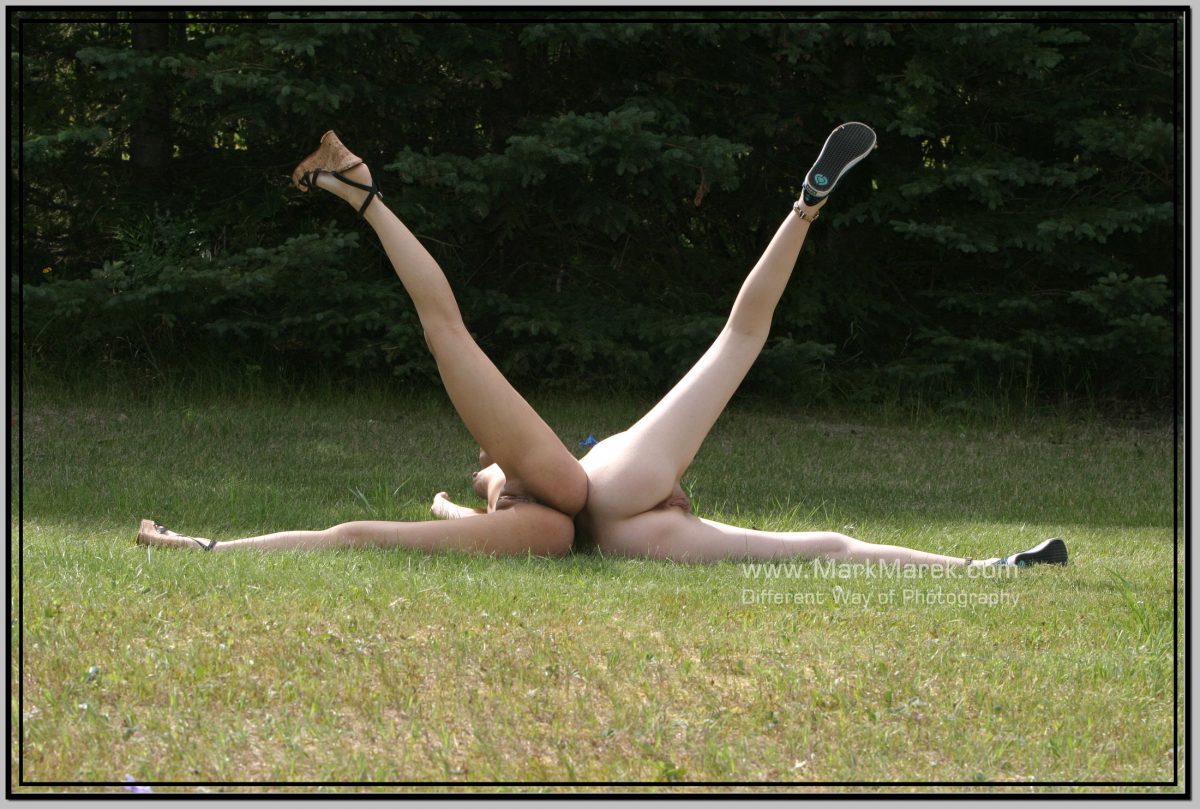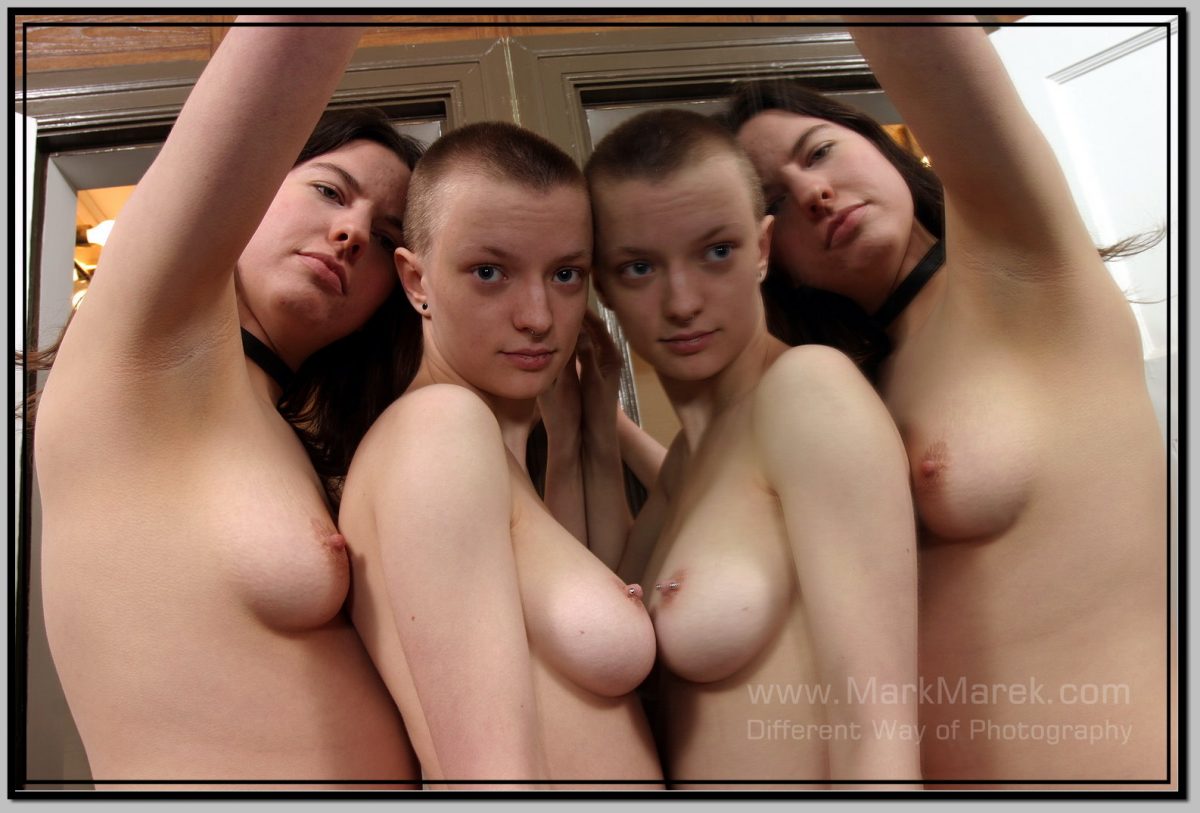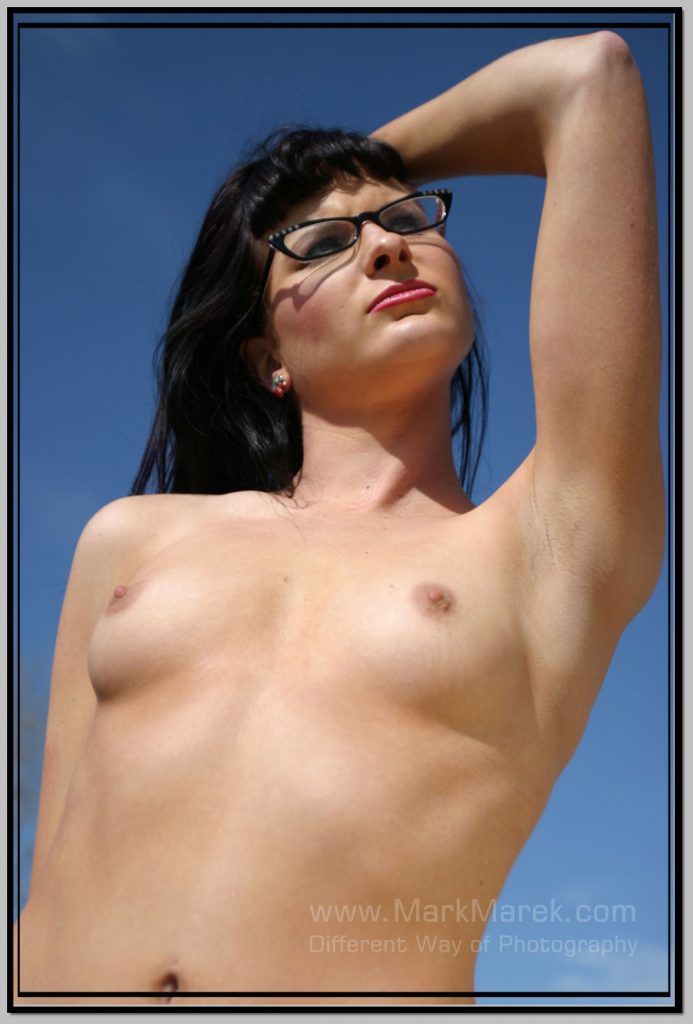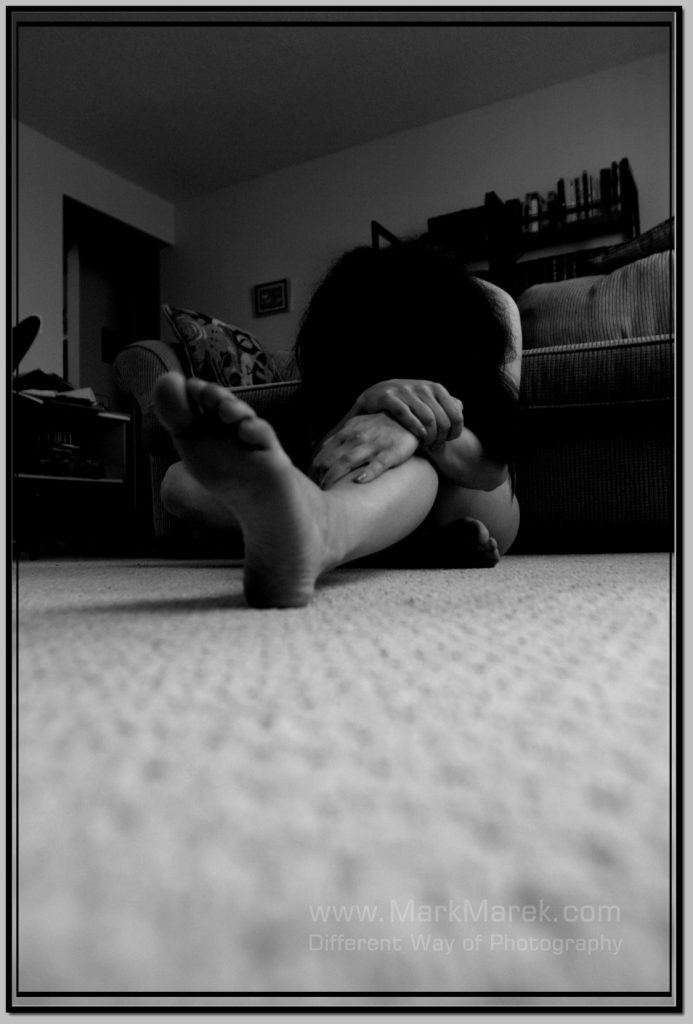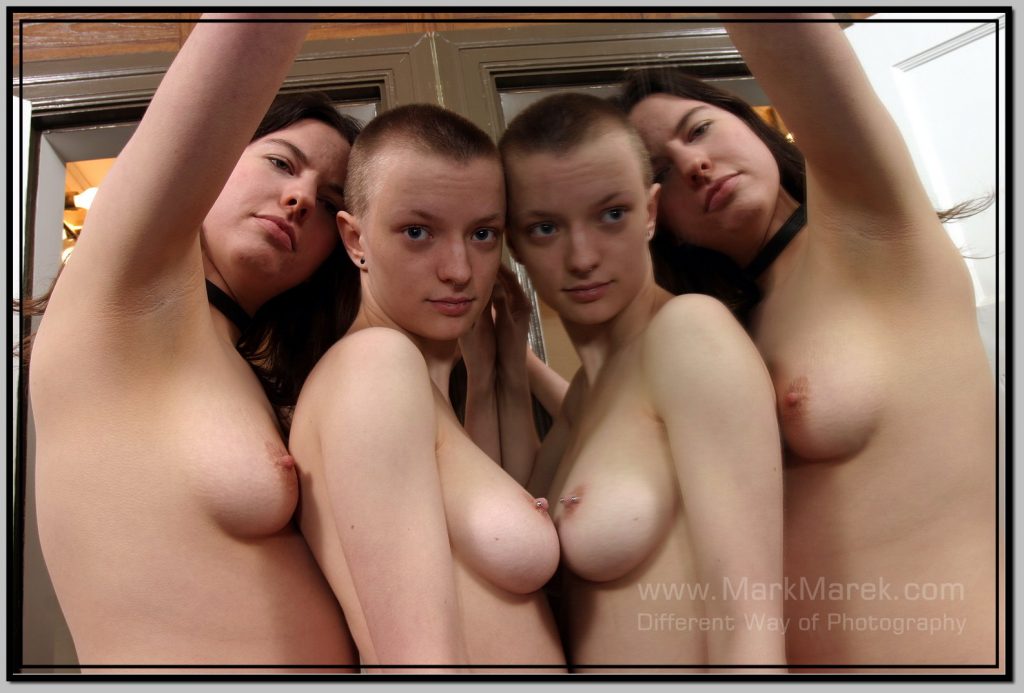The art of Nude Photography has been around for centuries and has evolved significantly over time. The style and technique used in capturing nude photos have changed depending on the photographer’s artistic preferences, culture, and time period. In this article, we will explore the different styles and techniques of nude photography.
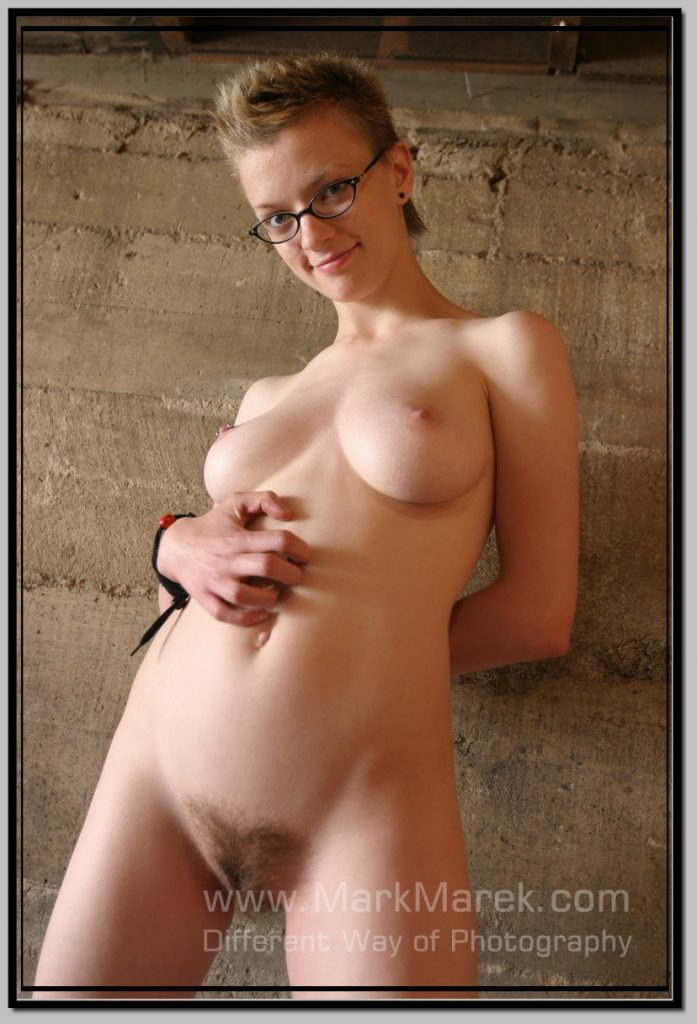
Black and White Nude Photography
Black and white nude photography is a classic and timeless style that has been popular for decades. This style is often associated with fine art photography as it captures the beauty and elegance of the human body in a simple yet artistic way. The use of monochrome enhances the contrast and texture of the skin, highlighting the curves and lines of the model’s body.
Artistic Nude Photography
Artistic nude photography is a type of photography that combines elements of fine art and nude photography. The goal of this style is to create a visually appealing image that expresses a certain emotion or message. The photographer may use different techniques, such as unusual angles, creative lighting, or unique poses, to achieve their desired effect.
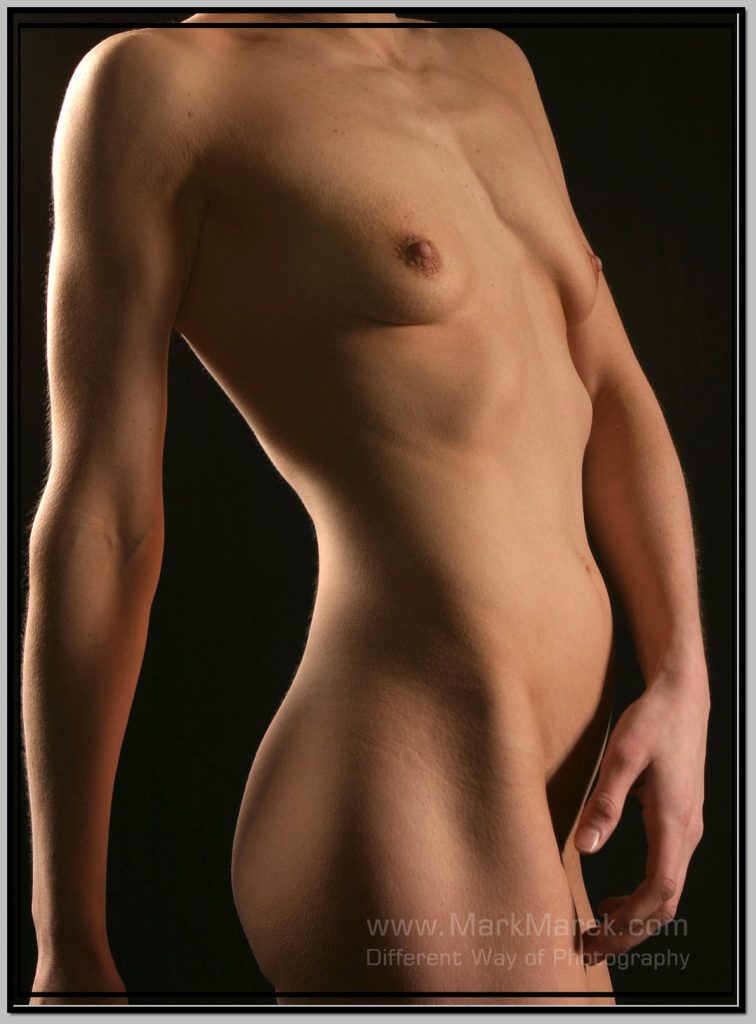
Glamour Nude Photography
Glamour nude photography is a style that aims to capture the model’s beauty in an elegant and sophisticated way. This style often involves the use of elaborate sets, wardrobe, and lighting to create a glamorous and luxurious atmosphere. Glamour nude photography is often seen in magazines and advertisements, where the model’s beauty is the main focus of the image.
Erotic Nude Photography
Erotic nude photography is a style that focuses on capturing the sensual and sexual aspects of the human body. This style is often associated with the pornographic industry, but it can also be seen in fine art photography. The photographer may use different techniques to create a sense of intimacy and sensuality in the image, such as close-up shots or suggestive poses.
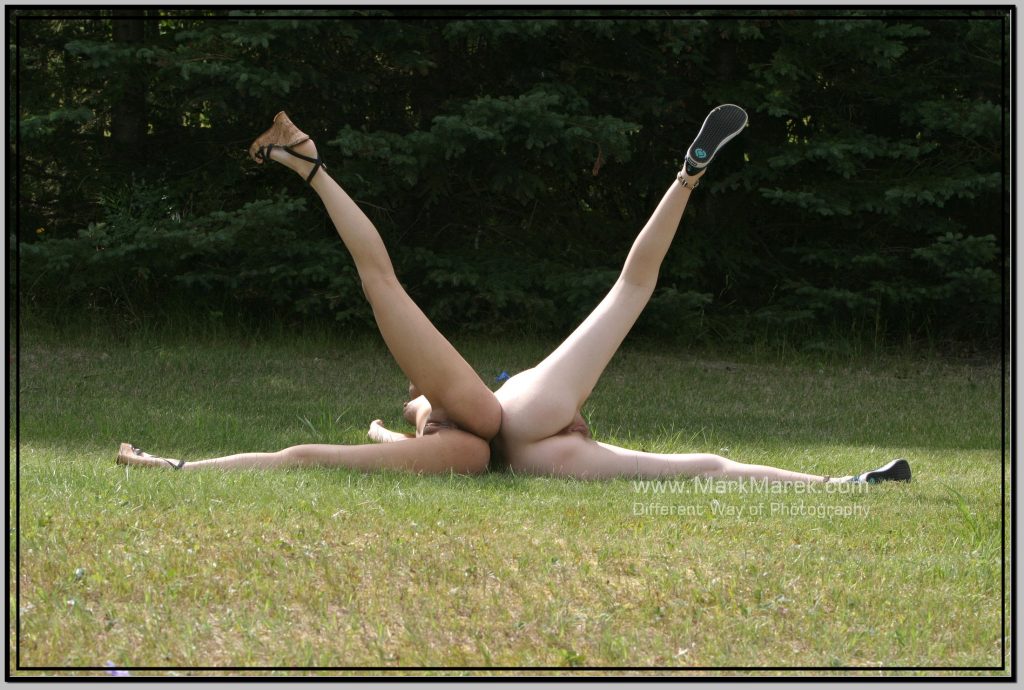
Abstract Nude Photography
Abstract nude photography is a style that focuses on capturing the shape, form, and texture of the human body in a unique and creative way. This style often involves the use of unusual angles, creative lighting, or unusual poses to create an abstract and visually appealing image. The photographer may use techniques such as blurring or selective focus to create a sense of depth and texture in the image.
Conclusion
In conclusion, nude photography is a diverse and complex art form that can be approached in many different ways. The style and technique used in capturing nude photos depend on the photographer’s artistic preferences, cultural background, and time period. By exploring the different styles and techniques of nude photography, you can find your own artistic voice and create images that express your vision and creativity.

